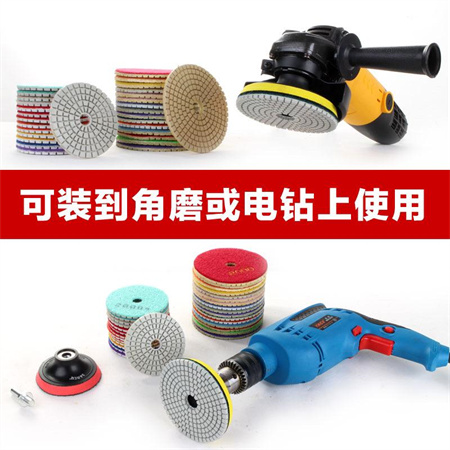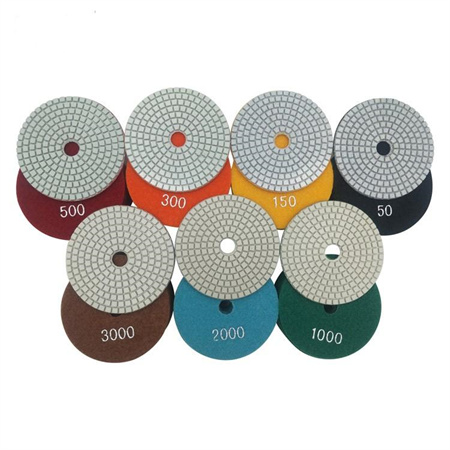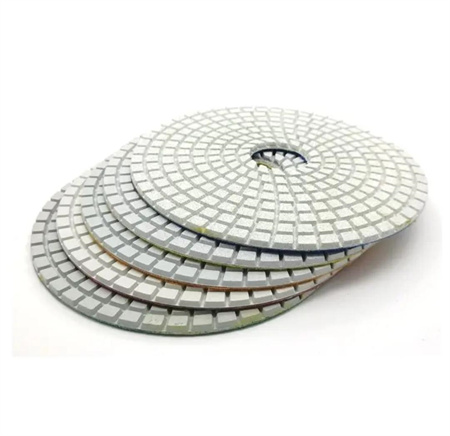Zero-Waste Manufacturing Goals in Polishing Tool Production
In today’s manufacturing landscape, sustainability is more than just a buzzword. It’s an imperative. As industries increasingly recognize their environmental impact, the push for zero-waste manufacturing practices has gained momentum. This shift is especially noticeable in niche sectors like polishing tool production, where the quest for precision and high-quality results intersects with the need for eco-conscious strategies. But how does zero-waste manufacturing apply to the production of polishing tools, and why is it so crucial for the future of the industry?

To begin with, the raw materials used in polishing tool production are often costly, both in terms of resources and energy. Metals, abrasives, and synthetic materials are commonly employed, and all of these materials come with their own environmental footprint. One of the most significant challenges for manufacturers is ensuring that the materials used are sourced sustainably. This includes selecting high-quality raw materials that are durable and long-lasting, reducing the need for frequent replacements. Recycling and reusing materials from previous production runs—such as recycled abrasives or reclaimed metal components—also play a key role in reducing the environmental impact.

While reducing waste in the production stage is essential, it is equally important to focus on the lifecycle of polishing tools after they leave the factory floor. Many tools, once they are no longer effective, are disposed of improperly, adding to the growing global waste problem. A shift toward creating products that are not only high-performing but also recyclable or biodegradable is becoming a priority for many manufacturers. This includes designing tools that can be disassembled and have their components repurposed, instead of ending up in landfills. Offering repair services or providing consumers with the option to replace parts rather than the entire tool can also extend the life of the product, reducing waste.
One of the most exciting aspects of zero-waste manufacturing in polishing tool production is the potential for innovation. Companies are increasingly experimenting with alternative materials that are both effective and sustainable. For example, biodegradable polishing pads or eco-friendly abrasives made from plant-based or recycled materials are gaining traction. These innovations not only help in reducing waste but also offer an opportunity for companies to distinguish themselves in an increasingly eco-conscious market.
However, achieving zero-waste manufacturing in polishing tool production is not an overnight process. It requires a commitment to continuous improvement, collaboration with suppliers, and investment in cutting-edge technologies. Companies must also embrace a mindset of circularity—viewing products and materials as part of a closed-loop system rather than a one-way consumption model. The ultimate goal is not just to minimize waste but to ensure that all resources used in the production of polishing tools are recycled, reused, or repurposed at the end of their lifecycle.
The rise of consumer demand for environmentally responsible products is also a driving force behind the adoption of zero-waste principles. As consumers become more conscious of the environmental impact of their purchasing decisions, they are increasingly seeking out brands that align with their values. By committing to zero-waste goals, polishing tool manufacturers not only contribute to a more sustainable world but also position themselves as leaders in an evolving marketplace.
As we look to the future of polishing tool production, it’s clear that zero-waste manufacturing will play an integral role in shaping the industry’s evolution. By embracing sustainability in both the production process and product design, manufacturers can reduce their environmental impact, streamline operations, and ultimately contribute to a circular economy. With continued innovation and commitment to sustainability, the polishing tool sector can become a model for other industries to follow, demonstrating that a zero-waste future is not just possible but essential for the well-being of our planet.
